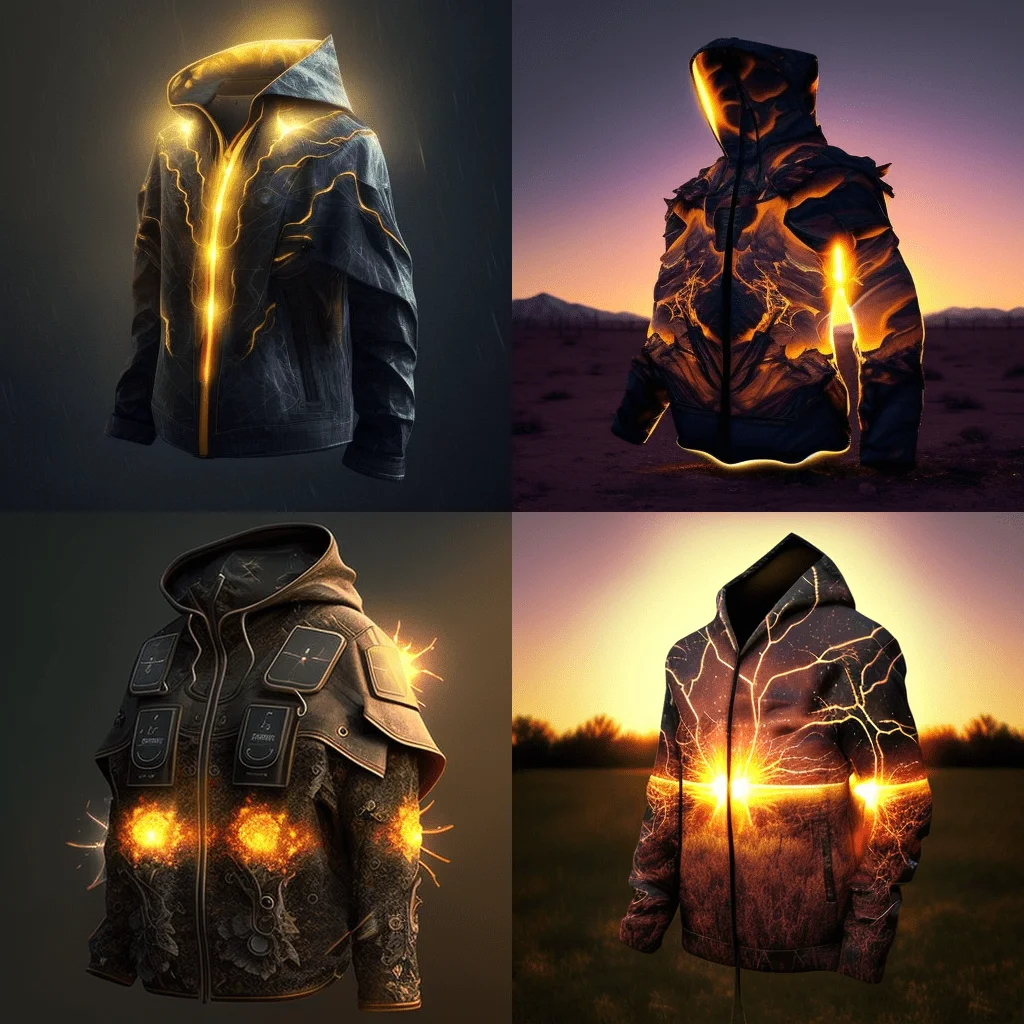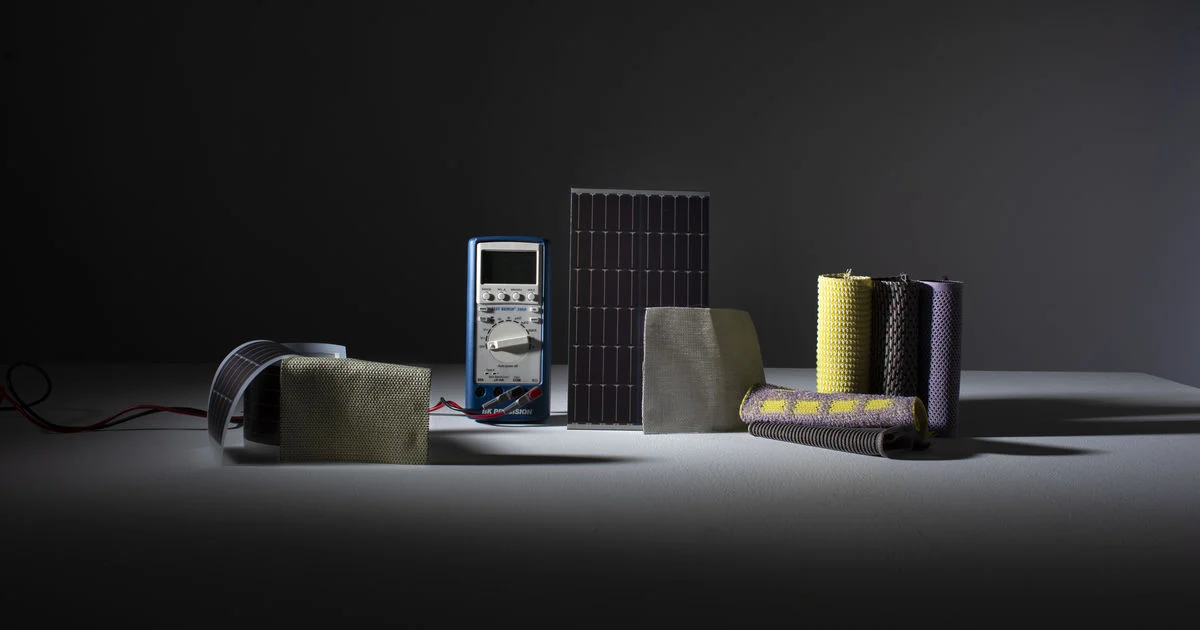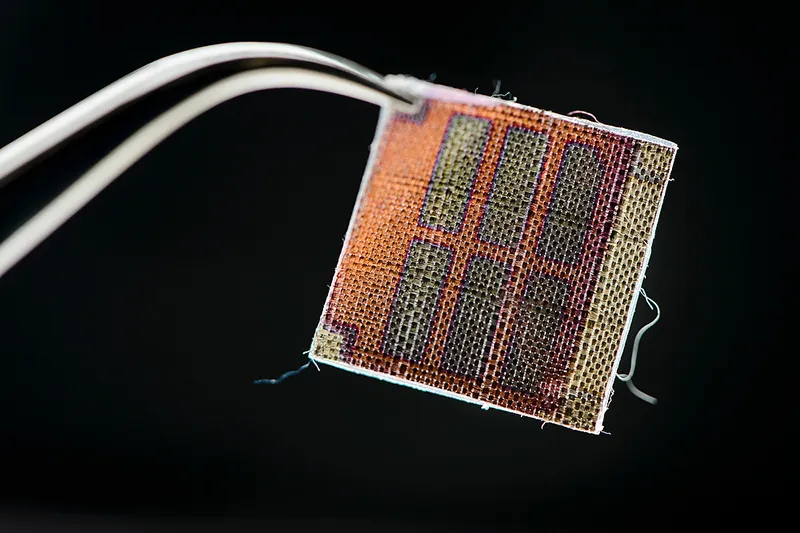
Introduction
Sustainable fashion has gained significant attention in recent years due to its importance in reducing the environmental impact of the fashion industry. In line with this, the concept of solar-powered wearables and textiles has emerged as a promising innovation in sustainable fashion.
Historical Background
The history of sustainable fashion can be traced back to the mid-20th century when environmental concerns started gaining recognition. Over time, sustainable fashion has evolved to encompass various practices such as ethical sourcing, recycling, and reducing waste. In parallel, the concept of solar power has gained prominence as a clean and renewable energy source.
Key Concepts and Definitions
Sustainable fashion refers to the production and consumption of clothing and accessories that minimize negative impacts on the environment and society. On the other hand, solar-powered wearables and textiles involve the integration of solar cells into fabrics and garments, enabling them to harness solar energy for various purposes.

Main Discussion Points
How solar power is harnessed in wearables and textiles
Photovoltaic technology forms the basis of solar power utilization in wearables and textiles. This technology enables solar cells to convert sunlight into electrical energy. These solar cells are then integrated into fabrics and garments, allowing them to capture and store solar energy. The benefits of such integration include reduced reliance on traditional power sources and increased energy independence.
Applications of solar-powered wearables and textiles in sustainable fashion
Solar-powered clothing and accessories have seen significant developments in recent years. These include garments embedded with solar cells that can generate electricity to charge electronic devices, making them convenient for people on the go. Additionally, solar-powered heating and cooling systems integrated into garments provide sustainable solutions for maintaining optimal body temperature.
Environmental and social impact of solar-powered wearables and textiles
The use of solar-powered wearables and textiles reduces the carbon footprint of the fashion industry by decreasing reliance on fossil fuels. Furthermore, the integration of solar technology empowers off-grid communities by providing access to sustainable energy solutions. This not only improves their quality of life but also promotes the overall well-being of the planet.

Case Studies or Examples
Solar-powered clothing brands and their initiatives
Several clothing brands have embraced solar-powered wearables. For instance, Brand X has developed a line of solar-powered jackets and bags that incorporate flexible solar panels to generate energy. Their products have not only made a significant impact on sustainability but have also gained popularity within the fashion industry.
Solar-powered wearables in healthcare and sports industries
Solar-powered wearables have found applications beyond fashion, particularly in healthcare and sports. These wearables can monitor health conditions, such as heart rate and UV exposure, and provide valuable data for medical professionals. In the sports industry, solar-powered wearables are integrated into performance-enhancing clothing, enabling athletes to train efficiently while harnessing solar energy.
Current Trends or Developments
Continuous advancements are being made in the field of solar-powered wearables and textiles. Researchers are focusing on improving the efficiency and durability of solar cells to ensure their effectiveness in fashion applications. Moreover, innovative designs and materials are being explored to enhance the integration of solar cells into textiles.

Challenges or Controversies
Despite their potential, solar-powered wearables and textiles face certain limitations. The size and flexibility of solar cells can pose challenges in terms of design and comfort. Additionally, concerns have been raised regarding the environmental impact of solar cell production, particularly the use of certain materials and chemicals.
Future Outlook
The future of solar-powered wearables and textiles in sustainable fashion looks promising. Advancements in technology and materials are expected to overcome current limitations, leading to more practical and comfortable designs. Furthermore, potential advancements such as self-cleaning solar cells and improved energy storage capabilities hold great promise for the future.
Conclusion
Solar-powered wearables and textiles have the potential to revolutionize sustainable fashion. By harnessing solar energy, these innovative products can reduce reliance on traditional energy sources and minimize the environmental impact of the fashion industry. The significance of solar-powered wearables and textiles in promoting a greener and more sustainable future cannot be overstated.




